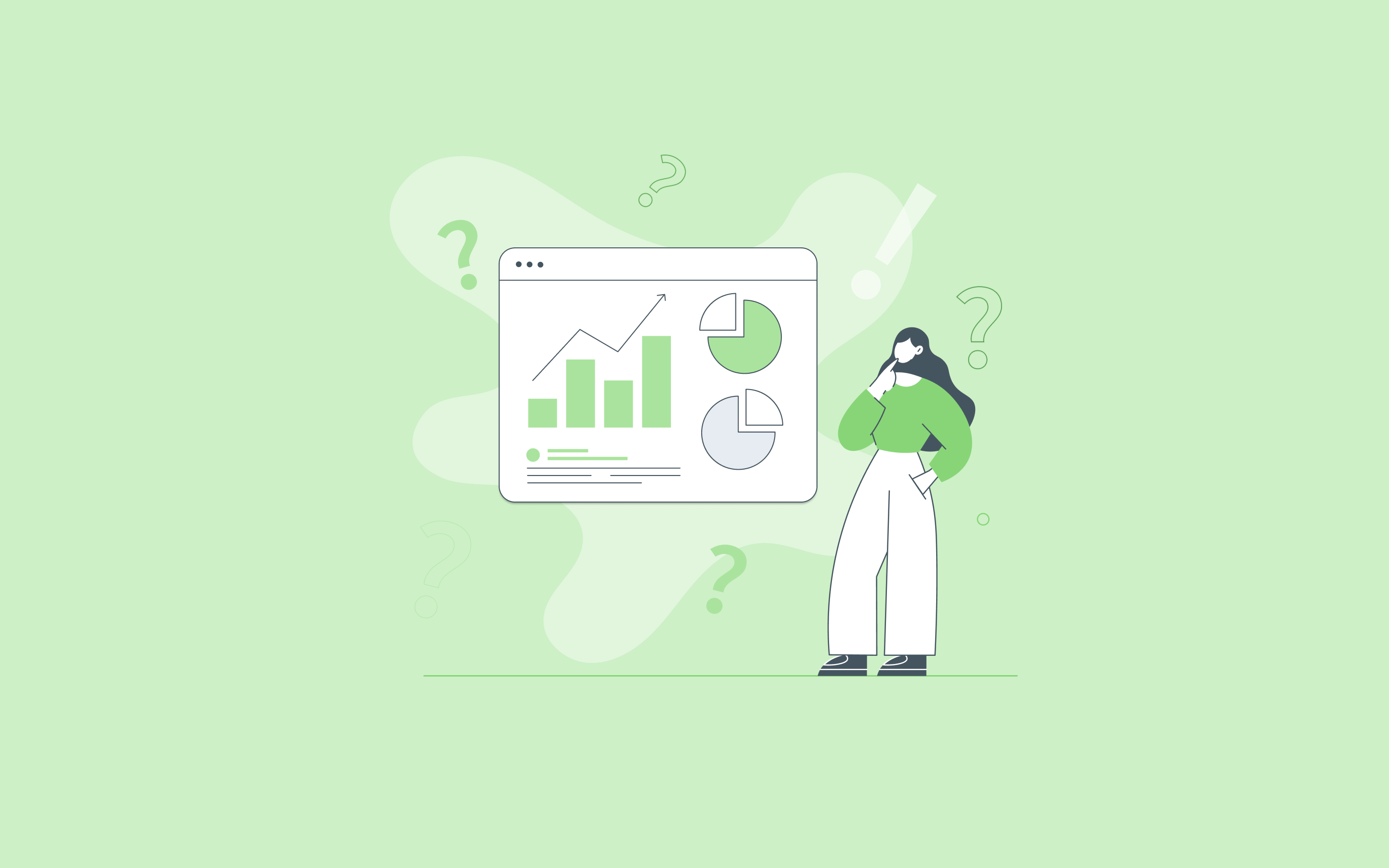

5 min read
•
Ecommerce
•
November 7, 2025
Scroll Anxiety: The Hidden UX Problem Killing Ecommerce Conversions
When users scroll from confusion, not intent, due to cluttered or unclear design. It argues that clarity, structure, and purpose on each screen drive engagement, not flashy visuals. Each scroll should be earned through simplicity and focus.
Let’s get this out of the way first: yes, users scroll. No, the fold is not sacred anymore. But if you think that means design hierarchy doesn’t matter, you’ve missed the real issue.
The problem is scroll anxiety.
Scroll anxiety is what happens when a customer lands on your page and their eyes don't know where to go. The layout looks busy. The content feels disorganized. The first scroll happens out of confusion, not intent. And then they leave.
It’s not a fear of scrolling. It's a fear of wasting time.
How to recognize scroll anxiety in your ecommerce experience
You’ve probably seen it and called it something else. Low scroll depth. High bounce. Weak engagement on key pages that look “beautiful” in Figma but confuse real customers.
Scroll anxiety shows up in the moments where everything is technically working, but the site feels like it’s trying too hard. You’ve got motion, video, product carousels, loyalty promos, and AI recommendations all competing for attention. But nothing is clear.
Customers scroll. They just stop caring by the second screen.
Scroll depth doesn't mean engagement
We’ve seen brands celebrate deep scroll data and still wonder why conversion is flat. One scroll doesn’t equal one step closer to purchase. In most cases, it’s the opposite.
When the layout sends mixed signals, your customer scrolls because they don’t know what else to do. They aren’t convinced. They’re scanning for clarity.
And if they don’t find it quickly, they leave.
What to do instead
This isn’t about flattening your design or avoiding features. It’s about sequencing and clarity. Every page on your site needs to solve a real problem for the customer, do what they want it to do, or earn the next scroll.
Here’s what that looks like:
- One core message per screen: Prioritize clarity over cleverness.
- Consistent content hierarchy: Important things should look important.
- Performance-driven frontends: A composable frontend should feel faster and cleaner, not heavier. Structure above and below-the-fold calls accordingly.
- Test real behavior: Not just scroll depth, but where people stop reading and why.
Clean beats clever. Simple wins
When we rebuild ecommerce frontends for brands like e.l.f. and Duluth Trading, we see bounce rates drop 20 to 40 percent. Some of this is just pure performance improvement. The customer doesn’t have a delay that gives them a reason to stop. Some is because we look to reduce the noise, cut the number of elements.
We try to make every screen sized section a user can scroll to do one job. We stop assuming attention and try to understand what users are likely to do next. And we made sure each scroll is earned - through empathy rather than confusion.
Scroll anxiety creeps in when the design gets clever and forgets to be clear.
Don’t let your new stack become your next problem
You didn’t go composable just to confuse users faster. You made the move so teams could ship faster, test smarter, and create experiences that convert. Design is part of the composable journey. We normally change as little as we can for the first iteration of composable frontends for clients. But we follow with a momentum phase focused on tightening the experience, improving performance where it matters and understanding how real users behave.
If the customer is scrolling without understanding, the stack isn’t doing its job.
If your scroll data looks good but revenue isn’t moving, there’s a gap between what your site is trying to say about your brand and what users are hearing.
Scroll anxiety is an attempt to tell you this. You have to know how to listen.
Read more

October 8, 2025
AI & Automation
Ecommerce
Why AI Personalization Fails Without a Modern, Structured CMS

October 15, 2025
Ecommerce
UX / UI Design
Stop Blaming Checkout: The Real Reasons Your Ecommerce Conversions Are Dropping

November 4, 2025
Ecommerce
UX / UI Design
How to Fix Decision Fatigue in Composable Commerce Without Rebuilding Your Stack
